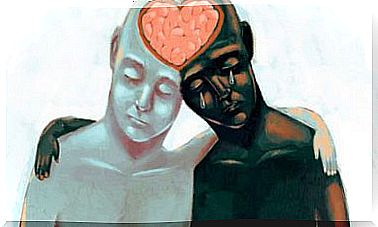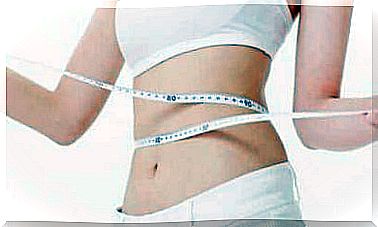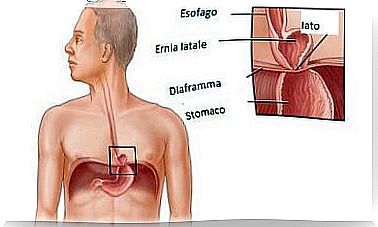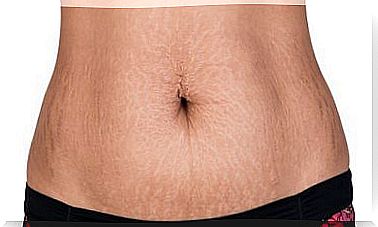Diet For Celiac Disease: Which Foods To Avoid
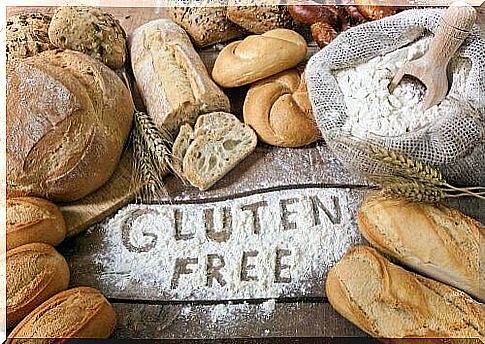
The only treatment for celiac disease is a strict gluten-free diet for life. This leads to clinical and functional normalization, as well as repair of intestinal lesions. Knowing and following the right diet for celiac disease is essential.
A diet for celiac disease is based on the elimination of all those foods that contain wheat, spelled, barley, rye and oats. Some foods prepared with flours such as bread, pasta or pastry products usually contain these grains.
What is celiac disease?
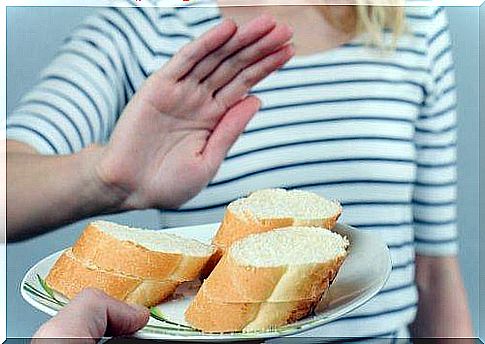
Celiac disease is a chronic disease of the digestive system of immunological origin. It is characterized by a permanent intolerance to a protein called gluten, present in some cereals such as wheat, oats, barley or rye.
When the celiac patient eats foods containing gluten, the lining of the small intestine is damaged, reducing its ability to absorb nutrients. Without treatment, people with this disorder suffer from malnutrition and a number of associated diseases.
However, not everyone who suffers from this disorder has obvious symptoms, so this pathology can go unnoticed for a long time.
The diet for celiac disease
Given the spread of this problem and if we add the people who have decided to voluntarily remove gluten, it is not surprising that the gluten-free diet is in such booming.
Gone are the days when you could not taste some dishes, in which eating at the restaurant was almost impossible and the gluten-free products available were very few, with a mediocre flavor and an exorbitant price.
“Following a gluten-free diet means following a natural diet and leading a healthy life. Because people with celiac disease look at labels more than anyone else, avoid processed foods and follow a market diet ”, explain the experts.
In addition to buying gluten-free bread and pasta, in the kitchen you have to keep in mind many other tricks and rules for a celiac. Here are some tips for the best gluten-free diet:
1. Choose other flours
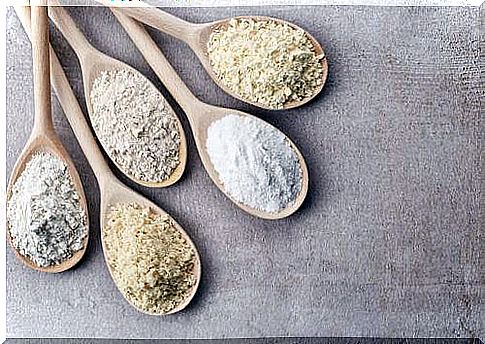
Who misses traditional wheat with quinoa, oats or buckwheat available? We are in the midst of a boom in new flours: rice, almonds, soy, tapioca, chickpeas and buckwheat.
We also find “super-food” flours such as quinoa, cañihua or yucca. Trendy flours that make celiacs happy. Thanks to these products, the gluten-free diet is not boring at all.
2. Primary ingredients without gluten
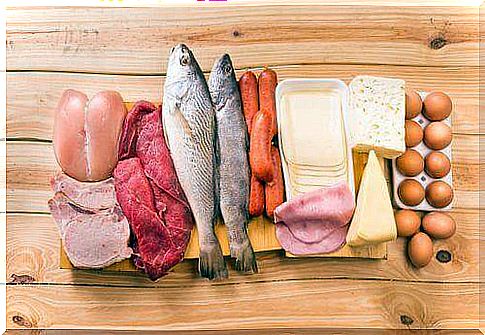
Eating fresh and primary products that originally do not contain gluten, such as meat, fish, eggs, and also fruit and vegetables, is a mandatory precept for celiacs.
3. Make your own sauces and dressings
When preparing a béchamel sauce or wanting to thicken any sauce, it is ideal to use sifted cornmeal to avoid the formation of lumps. If we have to bread, we can do it with potato flakes, chopped almonds or chopped corn cereals.
4. Replace beer with wine
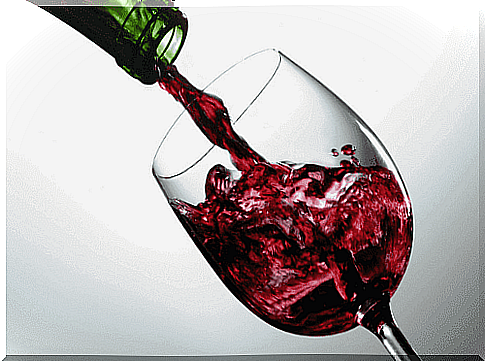
Beer, with or without alcohol, contains gluten. The good news is that wine, vermouth, and other spirits are devoid of this wheat protein. High-proof alcoholic beverages, even those based on cereals, are gluten-free.
In these drinks, the distillation process eliminates all traces of gluten. However, if you don’t want to give up on beer, gluten-free varieties made from other grains are available.
5. Don’t consume precooked foods
Pre-cooked and processed foods should always be avoided. Eating packaged foods carries potential risks because, while the ingredients in that dish may appear to be fine, gluten may have been used as an additive.
Although the law requires specifying the origin of flours, starches and semolina, products prepared with many ingredients and with the risk of cross-contamination should be avoided. If you decide to consume them every now and then, you must carefully read the label and its composition.
6. Replace wood with other materials
Wood in the kitchen is not recommended, nor in tables, ladles, knives with wooden handles and various utensils because this material is very porous and can contain gluten particles. It is better to use utensils made of metal, plastic, silicone and other materials.
Finally, it should be remembered that Celiac Associations exist to help; in case of doubt or problem, we can go to them. Celiac disease can be controlled by avoiding certain foods and leading a healthy lifestyle.
